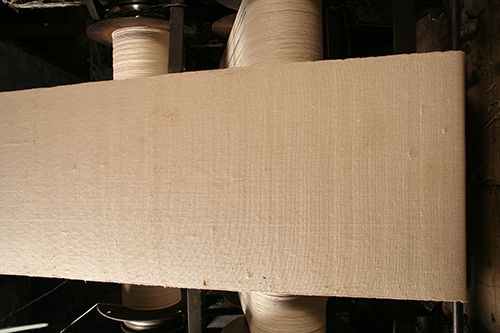What are the Major ways to Select the Right Filter Cloth for Dewatering?
Filter cloths are available in different materials and styles. The same applies to filter cages as well. Use of the right kind of filter cloth is essential in order to have a successful and well-running filter press as well as dewatering process. Cloths with tight weave can limit the rate of filtration. On the other hand, a cloth that is too much porous can cause the solids to pass through it. As it comes to the selection of new filter cloth, performing through laboratory tests is always recommended. A cloth can also be evaluated based on the below-mentioned traits.
- Weave – This plays one of the most crucial roles while buying the perfect filter cloth. It controls different aspects of the dewatering method that includes cake release and cloth binding as well. So it is important to buy the right cloth as it has to perform according to expectations. There are different types of filter cloth available on the market and some of them are plain weave, satin weave, twill weave and basket weave. All of them have various characteristics. Choose one as per your need. Apart from the mentioned ones, the felted fabric is also there. It is used for abrasive applications such as dewatering mineral concentrates.

- The material used – According to a leading filter cage manufacturer, one of the most commonly used filter bags is polypropylene. The material is sturdy and strong. It can easily withstand almost all types of the dewatering process. Nevertheless, for processes that dewater less corrosive slurry, cloths made of nylon, polyester and even cotton can be used.
- Fibre type – Mainly three kinds of fibres are being used for manufacturing filter cloths and bags. And those are, multifilament, monofilament and spun filament. Cloths are made of only one of the fibre type or a mix as well. Usually, monofilament warps are used for filter cloths. These are vertical fibres. A multifilament weft is also used. It is horizontal in nature. Why the type of fibre used for filter cloths is so crucial? Well, the fibre type impacts a lot in terms of the strength of the cloth and the type of application it may be used for. Stronger cloths can withstand more abrasive slurry.
- Count of thread – Considering the thread count is equally important while choosing filter cloths. The thread count of the cloth greatly influences the particle retention capacity of the bag or cloth. Cloths with lower thread count tend to have bigger openings. And that allows more number of particles to pass through the bag. On the flip side, the cloth with higher numbers of thread count usually has smaller openings. It allows fewer amounts of particles to pass through. The count of threads is denoted as the number of warp threads x weft threads number.
As it comes to choosing the right filter cloth, things that you need to take care of are weave, the material used, fibre type and count of thread. Consider them all and make a perfect buy.

